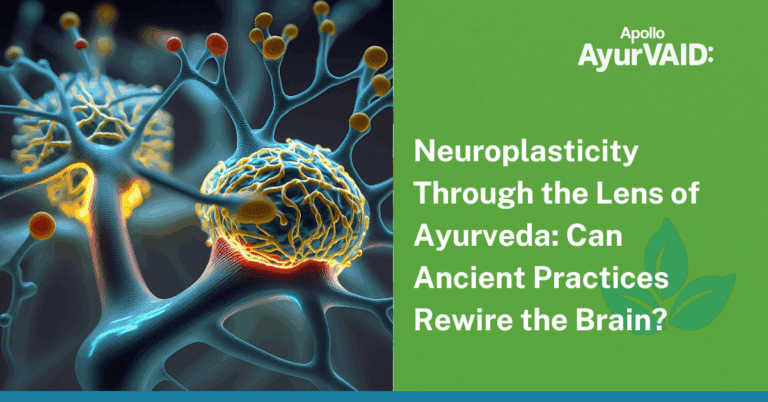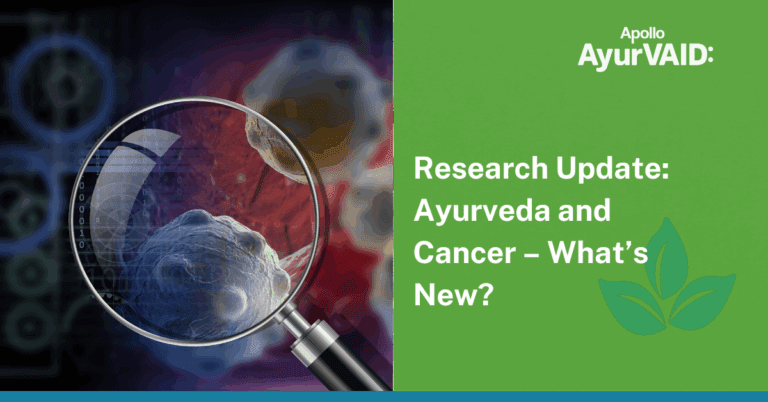The health of women plays a pivotal role in maintaining a thriving society, and Ayurveda, the ancient Indian system of medicine, has been in practice for centuries. Ayurveda therapies are not only cost-effective and readily available but are also considered safe. Within Ayurveda, gynecological disorders are referred to as Yonivyapad.

Menstrual problems such as amenorrhea, dysmenorrhea, and menorrhagia can be effectively treated by identifying their underlying causes. Ayurveda texts contain valuable natural ingredient formulations that are often overlooked but have the potential for therapeutic use in these conditions. From the onset of menstruation to menopause, Ayurveda provides solutions for managing a wide range of gynecological disorders.
Ayurveda also offers a well-structured antenatal program for addressing pregnancy-related issues. Additionally, menopausal symptoms can be alleviated without the need for hormone therapy. Ayurveda includes rejuvenation (Rasayana) therapies and anti-aging (vayasthapaka) remedies to manage ailments during menopause. Many gynecological conditions can be effectively treated with the straightforward remedies described in Ayurveda texts.
Ayurveda Principles
Ayurveda emphasizes that the therapy of gynecological problems involves maintaining hormone balance, adopting a suitable lifestyle, managing stress, and following a diet that aligns with an individual’s body constitution (known as dosha). The therapy approach is customized based on the patient’s dosha.
Vata- For Vata-dominant individuals, their menstrual patterns are typically characterized by short, irregular, and scanty flow. They often experience accompanying issues such as menstrual cramps, lower back pain, constipation, flatulence, feelings of depression, anxiety, low energy levels, insomnia, and heightened sensitivity to nervous stimuli.
Pitta- Pitta-dominant patients, on the other hand, tend to have an excess of menstrual flow lasting for a moderate duration. They may also contend with problems like acne, skin rashes, red eyes, a tendency toward a short temper, irritability, diarrhea, episodes of fever or a burning sensation, and a flushed facial complexion.
Kapha- For Kapha-dominant individuals, their menstrual flow is typically prolonged, continuous, and moderate. Alongside this, they often experience symptoms such as nausea, edema (typically in the lower legs), a sensation of heaviness, and overall fatigue.

How to Treat and Manage Gynaecological Health Issues and Diseases Effectively
Ayurveda therapy is successful in effectively managing various health conditions and disorders-
Infertility: Ayurveda addresses infertility by considering the components of the reproductive system. It takes into account individual body types, enhances the systems involved in fertilization, and provides a viable alternative for achieving fertility. Additionally, physical workout plays a significant role in enhancing fertility. A healthy lifestyle and nourishing diet are also crucial in this regard.
Menstrual Issues: Menstruation is a crucial aspect of womanhood, symbolizing the potential for motherhood. Ayurveda categorizes menstrual disorders based on doshas, allowing for tailored therapy that leads to long-term resolution of complaints.
Polycystic Ovary Syndrome (PCOS): PCOS is a significant health concern for women, especially in the Indian subcontinent. It is characterized by factors like hyperandrogenism, chronic anovulation, and the presence of ovarian cysts. It is often associated with insulin resistance and obesity. While modern medicine primarily offers symptomatic therapy, Ayurveda has proven effective in helping many women overcome PCOS without relying on modern medications and with minimal side effects.
Furthermore, Ayurveda offers additional benefits as a remedy for addressing all gynecological issues. It focuses on restoring hormonal equilibrium, which is particularly significant during the onset of menstruation in adolescence. This period marks the beginning of various health problems for females. When discussing effective gynecological therapy, numerous herbal remedies play a crucial role in harmonizing hormone levels, enhancing uterine tone, nourishing the skin, and ultimately contributing to the overall well-being and balance of a woman’s body.
Here is a list of well-known natural ingredients and foods:
- Turmeric
- Cayenne
- Black Pepper
- Ginger
- Fennel
- Cardamom
- Garlic
- Broccoli
- Grapes
- Flaxseeds
- Cinnamon
Some Commonly Advised Ayurveda Therapies
Here are some commonly used Ayurveda therapies-
Langhans: Langhans therapy aims to make your body feel lighter and more agile. It’s like shedding a heavy burden, allowing you to move and feel better.
Rasayana: Rasayana therapy is all about maintaining and boosting your health. It’s like a comprehensive wellness program that helps prevent diseases and enhances your overall well-being.
Samsodhana: Samsodhana is a purification method that thoroughly cleanses your body by removing impurities. Think of it as a deep cleanse for your entire system, leaving you feeling refreshed and revitalized.
Ahara: Ahara involves making dietary changes as part of your Ayurveda therapy. It’s about adjusting what you eat to support your health goals and aid in your healing process.
Achara: Achara is a procedure that focuses on helping you change your behavior, including your dietary and lifestyle habits. It’s like a guidance program to adopt healthier practices.
Vamana: Vamana therapy induces controlled vomiting to eliminate toxins from your body. It’s akin to a thorough detox that leaves you feeling cleansed and relieved.
Virechana: Virechana therapy specifically targets an excessive dosha (energy) called pitta. It aims to restore balance in your body by cleansing and purifying it.
Uttaravasti: This therapy is highly effective for treating bladder infections. It provides relief and healing for this uncomfortable condition.
Nasya: Nasya therapy involves administering substances through your nasal passages. It helps create balance and harmony within your body, similar to finding inner peace.
Panchakarma: Panchakarma is a well-known and popular massage therapy for detoxification and purification. It’s like a thorough spa therapy for your body, revitalizing you from head to toe.
Conclusion
Ayurveda remedies are natural and comprehensive, and they don’t cause any side effects. There’s scientific research supporting these therapies, and recent studies are confirming their effectiveness using modern methods. In Ayurveda, healing isn’t just about herbal mixtures; it’s a comprehensive approach that considers everything around us. It finds the reasons for our health problems and fixes them by balancing our surroundings, diet, and way of life.






